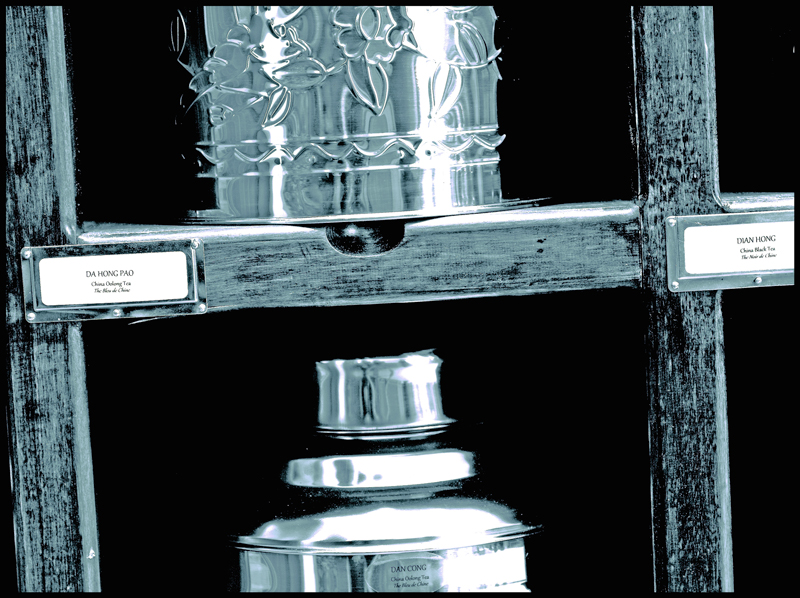HEALTH
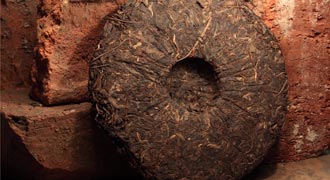
THE
TEA JOURNEY
RECORD OF A JOURNEY
FOLLOW THE ANCIENT TRADE ROUTE
TO MILLEFEUILLE'S GARDENS
PREPARE FOR A HEALTHY
AND AUTHENTIC TEA EXPERIENCE
LEARN ABOUT THIS OLD TRADITION AND
PRACTISE THE TEA MASTERSHIP AS AN ART FORM...
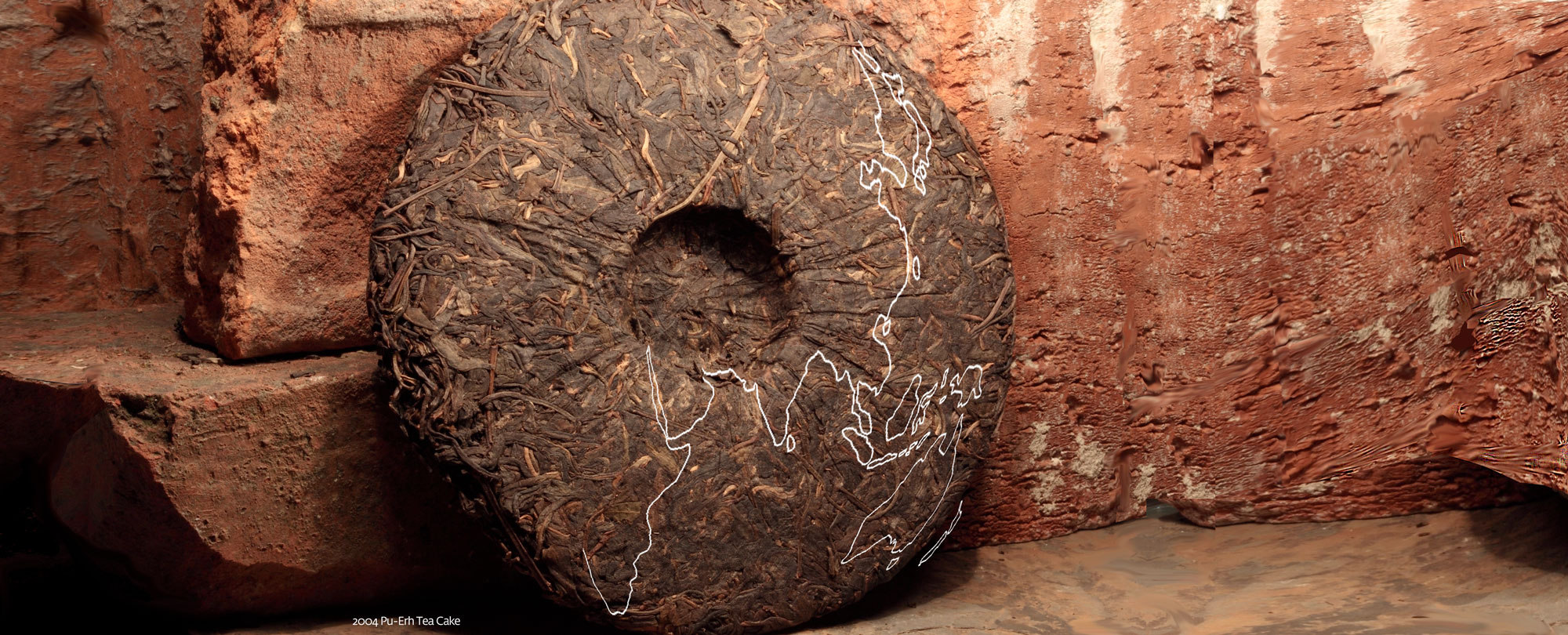
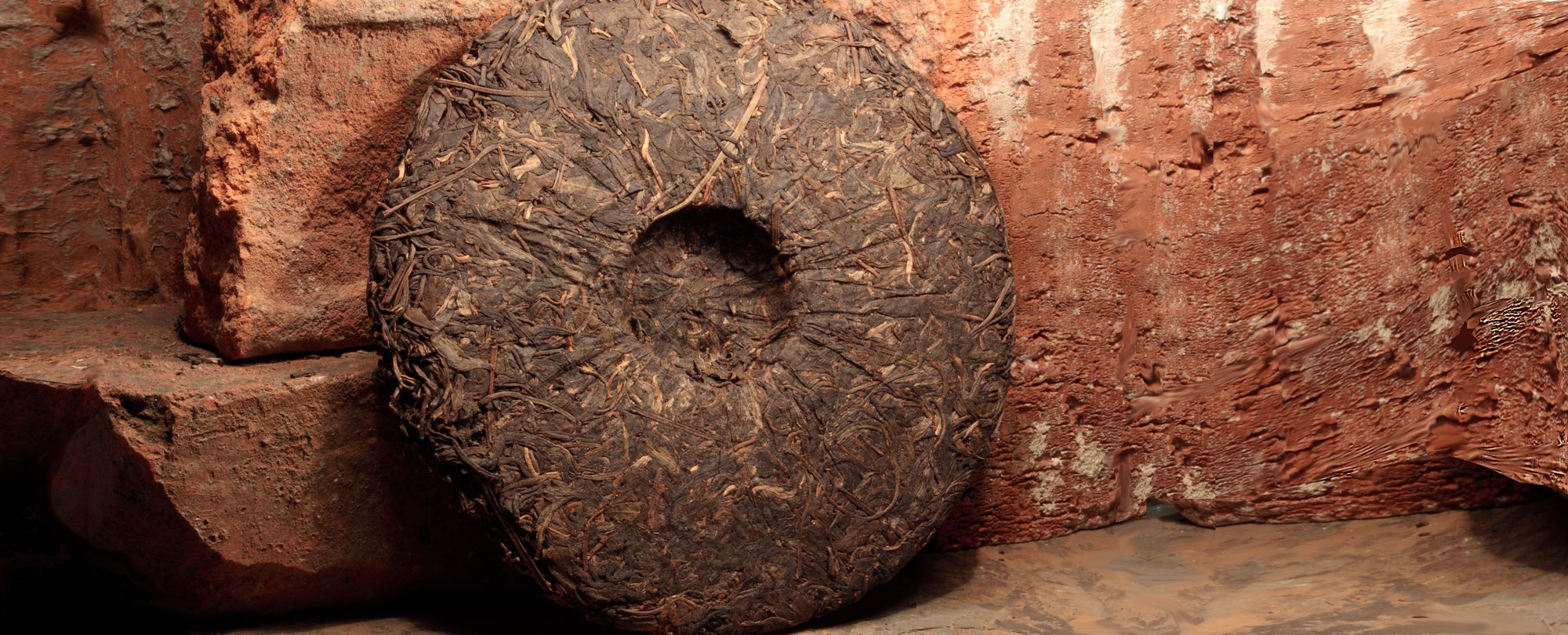
origins
Assam
Historically, Assam has been the second commercial Tea production after Southern China. Assam Teas are grown in the region of Assam, in India, located on the two mountainsides of Brahmapoutre valley, and issued from the plant Camellia Sinensis var, assamica. Assam boasts a number of famous tea gardens. The Assam Teas are characterized by their body, briskness, malty flavour and strong, dark liquor, making them excellently morning teas.
THE TEA ROAD...
Ceylon
Ceylon’s finest teas are produced mainly in the highlands of the island, from bushes that grow above four thousand feet. There are six main tea producing regions. Ceylon black teas are renowned for their aromatic amber liquor and rich astringent flavour. The teas produced in each region have their own individual characteristics and particular aroma and liquor.
THE TEA ROAD ...
China
China, the birthplace of tea, is the world’s first tea producer. China’s contribution to global tea culture is of considerable importance and yet, remains the ultimate source of knowledge about tea processing, of fine and delicate class varieties with the continued use of traditional methods, and several teas ranked as the most sublime teas.
THE TEA ROAD ...
Darjeeling
India is one of the largest tea producers in the world with a number of renowned teas. Darjeeling Indian teas, growing exclusively in the Darjeeling Indian region, are origin protected harvests and among the rarest and most prestigious of black teas, coming from highly esteemed “Single Estate” gardens. Darjeeling teas produce several coveted and subtle teas, as delicate as Oolong teas from China or Formosa.
THE TEA ROAD ...
Formosa
Compared to mainland China, Formosa has a relatively short history of tea cultivation, starting in the mid-19th century. Formosa’s unique climate, its mountainous terrain, steep mountain peaks enshrouded in clouds and mists, providing cool yet moisture air, causes the tea to grow slowly, producing some teas of very high quality: semi-oxidised Oolong and Pouchong teas have become the great specialty of the island. These renowned teas, highly sought after and among the best ones, are subtle and complex teas, retaining bright and floral notes.
THE TEA ROAD ...
Indonesia
Once known as the Dutch East Indies, the Dutch trade company first dominated the tea imports to Europe and began to explore tea cultivation in Java. Indonesian tea comes mostly from the mountainous provinces of West and Central Java and North Sumatra. The tea gardens benefit from close rain forests and rich volcanic soil. Some of the finest Indonesian teas could be compared to Highland Ceylon teas, tasteful and fairly full.
THE TEA ROAD ...
Japan
In modern Japanese life, Japan still continues to entertain the consumption of tea as central, both in its ritualistic and daily forms. Green tea remains the principal kind of tea produced and drunk – Japan green tea is differently processed than in China, obtained by preventing the fermentation of leaf by heating with steam.
THE TEA ROAD ...
Kenya
Tea is a major cash crop grown in Kenya, Kenyan tea being mostly black tea. The tea production in Kenya is ranked third behind China and India. More than half of the tea production in Kenya is produced by small- scale farmers. Kenya's tea growing regions endowed with ideal climate. No chemicals are used. Good agronomic and manufacturing practices make Kenya a leading producer for the best black teas making them distinct and high quality teas.
THE TEA ROAD ...
Nepal
Tea is produced and processed in the mountainous regions of Nepal at an altitude ranging from three thousand to seven thousand feet. At that altitude, tea grows slower and has time to develop the full complexity of its taste. There are six major districts, primarily in the eastern regions of Nepal that are known for producing quality orthodox tea. The tea industry in Nepal is young and innovative and the production of organic tea is steadily increasing.
THE TEA ROAD ...
Nilgiri
High in the Nilgiri Hills (blue Mountains) amidst lush forests and tropical jungles in the westernmost part of Tamil Nadu of southern India grow Nilgiri teas, generally described as being a dark, intensely aromatic, fragrant and more similar in flavour to Ceylon teas.
THE TEA ROAD ...
Sikkim
Sikkim is a landlocked Indian state located in the Himalayan mountains. From a unique tea garden laying over a sloping hill, a tea of the best quality is produced consisting of pure tea "golden flowery orange pekoe” and considered as one of the best teas. The tea production in this estate follows the organic method.
THE TEA ROAD ...
South Africa
South Africa’s Red Bush Teas grow exclusively in some particular provinces of South Africa. First consumed by the indigenous people and developed by Dutch settlers as an alternative to black tea, these caffeine-free and low in tannins red bush teas are becoming more and more sought after for their proven plant’s health benefits.
THE TEA ROAD ...
Tibet
From around a thousand years ago, The Ancient Tea Route was a trade link from Yunnan, one of the first tea-producing regions: to Tibet and to central China. Both tea porters and horses carried heavy loads of tea bricks and salt. It is believed that it was through this trading network that tea (typically compressed tea) first spread across China and Asia from its origins, in Pu-erh county. The route earned the name Tea-Horse Road because of common trade of Tibet sturdy ponies for Chinese tea.
THE TEA ROAD ...
Chinese Legend
Chinese legend attributes the discovery of tea to the second of the three Emperors of the San Huang Period, the Emperor Shen Nung, or Divine Farmer, who lived about 2737 BC. Shen Nung was a scholar, the father of agriculture and inventor of Chinese Herbal Medicine. His edicts required that all drinks be boiled as an hygienic precaution.
According to the Chinese legend, one summer day, while visiting a distant region, he and the court stopped to rest and his servants began to boil water for the court to drink. As the Emperor rested near a tree, a few leaves stirred by the wind fell accidentally into the boiling water, producing a brown liquid, the first revitalising tea brew.
Japanese Legend
Bodhidharma, a Buddhist monk, left his native India in the year AD 520 to bring Buddhism to China and to found the sect Chan. This sect would develop in Japan, nearly six centuries later, under the name Zen.
The legend says that Bodhidharma had taken a vow to spend nine years staring at a wall in constant meditation. However, one day he experienced extreme tiredness and fell asleep, dreaming of women. When he awoke, angry at his weakness, he ripped off his eyelids and threw them to the ground. Returning sometime later to that place, he found that his eyelids had grown into a bush. He took some leaves and started chewing them. He found that such leaves had the power to keep awake and alert.
Thus begun the cultivation of tea
Tea and its History
From the earliest times, tea has been renowned for its properties as a healthy refreshing drink. Tea, as generally agreed, began in China as a medicine or tonic brew made from fresh leaves gathered from wild Camellia Sinensis shrubs. In the period AD 400-600, demand for tea as a medicinal beverage began to rise in China. During this period, many tea drinkers added onion, ginger, spices or orange to their teas. In the early Chinese medical book, Pen Ts’ao, Shen Nung, who tasted thousands of herbs to experiment and discover their medicinal properties, claims:
‘Tea is good for tumors or abscesses that come about the head… It dissipates heat… or inflammations of the chest. It quenches thirst. It lessens the desire for sleep. It gladdens and cheers the heart’
In AD 733, Chinese poet-scholar Lu Yu, author of the world’s first treatise, the Cha’Ching or The Classic of Tea became the authority on tea. Preparing and serving tea, according to Lu Yu, required considerable care, as well as the importance of choosing the right water :
‘The best is water from mountains streams, the next best is from water from the rivers, the least desirable is water drawn from wells’
Tea is not only a noble beverage, but an Art form and part of the culture of many civilisations. Tea drinking has been practised throughout the world for hundreds of years: from the imperial court of ancient China to Russia, where tea was introduced in the late 17th century, travelling from China by camel caravan, following an overland route via Manchuria and Mongolia (the amount of tea was carried in the form of loose-leaf tea packed into chests). From High Priests and Japanese aristocracy to Europeans, the soothing, healing and invigorating effects of tea have been appreciated and understood by many nations.
Tea is a naturally refreshing drink and a good source of manganese, which is essential for general physical development, and potassium which helps to maintain a body’s fluid balance.
From the 17th century, the medical society in Europe paid great attention to the benefits of tea. It’s now known that free radical damage contributes to many chronic and ageing diseases. Antioxidants are important for combating free radicals and preventing and repairing cell damage. Tea is high in antioxidants known as polyphenols and Vitamins A, C and E are also present in tea.
Anti-ageing
The Skin Study Centre at University Hospitals of Cleveland and Case Western Reserve University conducted a joint study in 2003 and revealed indicators that white tea helps skin cells by boosting immune systems when exposed to ultra-violet radiation. This study suggested that white tea slows down ageing skin conditions such as wrinkles or pigmentation.
Kingston University in another study a few years later showed that white tea has high anti-inflammatory, antioxidant, anti-collagenase, and anti-elastase properties which could reduce the risks of heart disease and slow the enzymatic breakdown of elastin and collagen, traits which accompany ageing.
The Linus Pauling Institute at Oregon State University conducted a research showing that EGCG (catechin) in green tea has a powerful ability to increase T cells which protect the body from infection.
Cholesterol reduction
Catechins, a group of polyphenol antioxidants highly present in green teas, have been found to reduce cholesterol, blood pressure and decrease risks of cardiovascular disease, and may help to boost the immune system.
Queen Margaret University, Edinburgh, performed a study, the results of which showed that short-term green tea consumption could cause fast reduction of body fat, and the reduction was more pronounced in the overweight population where a significant proportion has a high risk of cardiovascular disease.
Weight Loss
Oolong tea burns more fat than green tea. The Chinese have long believed that oolong tea is beneficial in reducing and maintaining weight.
Pu-erh teas, for centuries, were given as a tribute to the Emperor and high ranking officials within the Imperial Court of China. Its high value and numerous health benefits led to high demands and the frequency of the tribute gave it the title of Tribute Tea. Widely consummated as a weight loss tea, pu-erh tea contains very high levels of fluorine. Accounts on the health benefits of pu-erh tea has been fairly documented. In traditional Chinese Medicine, pu-erh tea is also believed to invigorate the spleen.
Skin Protection
Japanese researchers found oolong tea could treat some skin disorders (allergies). They reported that patients with a form of eczema improved after a certain time of consumption of oolong tea. Two catechins (C-1 & C-2) with potent anti-allergic activity were isolated from Taiwanese oolong tea.
Oolong tea promotes health and beauty. It improves the cognitive functioning wellbeing, clarifies your skin and also promotes strong, healthy teeth.
Besides the benefit of prolonging life and reducing weight and cardiovascular risks, studies have shown other benefits such as soothing stress, boosting brain power or improving concentration.
In summary…
It is well known that fruit and vegetables are good sources of antioxidants, however what is less well known is the amount of antioxidants present in tea. The major group of antioxidants in tea are flavonoids that appear to be digested, absorbed and metabolised by the body. There is a wealth of evidence demonstrating that tea and flavonoids exhibit beneficial effects in studies and provide a promising area of research for future human studies.
So as well as eating more fruit and vegetables, antioxidant intake can be enhanced by drinking more tea, helping to promote overall health, beauty and wellbeing.
White Tea
White Tea is a uniquely Chinese ‘hidden gem’ and is grown in only a few small areas in China. White teas are the least processed (minimum rubbing, rolling, pressing or baking); they are however slightly fermented. Instead of air-drying, the unwithered leaves are merely steamed, resulting a pale tea with a sweet silky flavour.
The Fu-Ding region of Fujian province is the main producing area of the best white teas, but it is very limited. White tea ranking is based on the leaves used to make tea. The rareness of tea shrubs, short harvest time and hand plucking (two days in spring only) causes the price of white tea to be higher than other varieties.
Yinzhen ‘Silver Needle’ only uses the leaf tips, covered with silvery downy hairs, while Bai Mu Dan ‘White Peony’ uses the leaf tips and a couple of leaves below.
The purity of white teas may be higher in health promoting properties than green teas. They are low in caffeine and contain more polyphenols, the powerful antioxidants that fights and kills cancer-causing cells, than any other type of tea.
Green Tea
Green tea leaves are withered, steamed or roasted, rolled and heat fired without fermentation. Green tea is the only class of Chinese tea unfermented during the tea making process.
Fresh green teas are full of natural antioxidants and well known for their luscious refreshing taste and many health benefits. There are more than 300 varieties of Chinese green teas, each with its own distinct nature, but there is only a small range of premium ones.
Yellow Tea
Yellow tea is relatively unknown in the West, even though this class of tea has one of the highest levels of antioxidants. Yellow tea production process is similar to green tea with an extra stage called Wo Huang - a deliberate longer dehydrating stage to turn the leaves into a deeper yellow colour.
Yellow tea was originally produced only on Junshan island, an area of 0.98 km2, of Dong Ting lake. The unique environment and climate conditions produce a particular quality of tea leaves not found anywhere else. The island’s limited production contributed to the tea’s value: it was once used only by the Emperor. Production has since been extended to the surrounding areas.
Oolong (Blue) Tea
Oolong teas are semi-fermented and classified between green (unfermented) and black tea (fully fermented). Fujian province is the birth place of all oolong teas. This province is still the predominant heartland of oolong tea production today, producing many famous oolong teas such as Tie Guan Yin ‘Iron Buddha’ the most popular Chinese oolong tea and the Da Hong Pao ‘Big Red Robe’, once portrayed as a royal tea.
Black Tea
Black tea is fully fermented. The leaves used to make premium quality black teas are the top tea leaves. The dry leaves and the liquor have a deep red colour. Black teas traditionally undergo four steps during processing: withering, rolling, oxidation and heat firing.
Black teas originate from the Ming Dynasty in China. The earliest black teas were from Wu Yi area (Fujian Province, south-east China), produced from small tea shrubs. It was first exported to Europe in 1610 by Polish Merchants. During the mid 18th century, black tea making skills were exported to India and Sri Lanka. Today black teas are produced in twelve provinces in China, with many varieties.
Pu-Erh Tea
Named after its birth place, Pu-erh village in Yunnan Province, it was first traded in the village market during Tang Dynasty (618-907 AD).
Pu-erh tea is characterised by post-fermentation a fermenting process that continues after the tea is manufactured. Being the most ancient tea, it has gained notoriety due to its slimming and nourishment properties.
Red Tea
Redbush teas from South Africa are distinctive because of their crimson colour. Grown only in some mountainous areas, they are popular among health-conscious consumers, people on restricted diets and individuals with health concerns due to their high levels of antioxidants, lack of caffeine and low levels of tannins.
Water quality
The perfect tea is only as good as the water with which it is prepared. The water used for its preparation should be pure and with a neutral taste. Using filtered or bottled spring water with a natural mineral content (neither too hard nor too soft ) is preferred.
Distilled water is not recommended since water purified of its mineral content produces a flat tasting infusion.
The freshness of the water is essential as fresh water contains more oxygen, which enhances the taste of the tea. Never use hot tap water or water that has already boiled for a certain time as this will result in a flat and dull tasting tea with little aroma.
Temperature
It is important to preheat the teapot in which the tea will be steeped. If hot water is poured into a cold vessel, the temperature of the water will drop too quickly and the full flavor of the tea will not be extracted. It is also essential to select the right water temperature (see table).
Green and white teas should not be prepared with boiling water (100°C) as this will cook the leaves and destroy their flavour. Generally, the finer the tea, the lower the water temperature should be: the water should be left to cool for two to three minutes before pouring.
The time it takes to brew depends on the leaf size. Attention should be paid to the taste rather than the colour. For stronger tea, more leaves should be added rather then infusing longer than recommended.
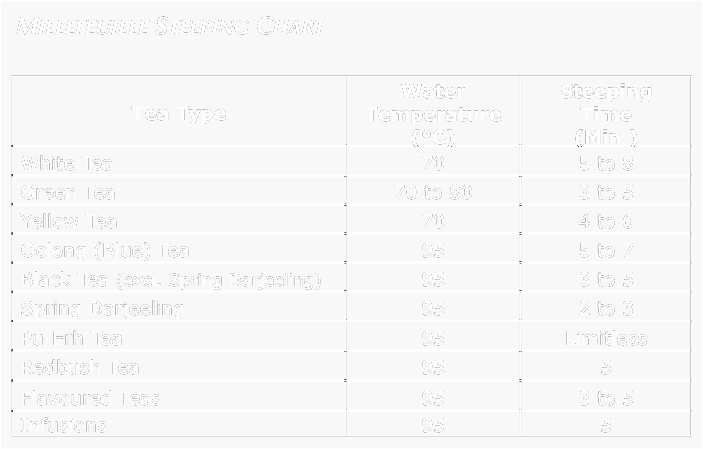
Infuser
A tea strainer or infuser basket is preferable for infusing loose leaf tea (rather than a tea ball or clamping spoon) in order to give the leaves plenty of room to expand and fully infuse.
Tea is delicate
Tea is highly receptive to absorption of various aromas and this may cause problems in processing, transportation and storage.
The enemies of tea are air, light, moisture and odours from other foods. To preserve its freshness as long as possible, tea should be stored in a cool and dry place, in a container that is opaque and airtight. An airtight dual lid tin box is best. Glass jars should be avoided, as this exposes the tea to light.
Since tea absorbs other odors very easily, it is important to store it away from any strong-smelling foods (e.g. spices, coffee, medicine…).




